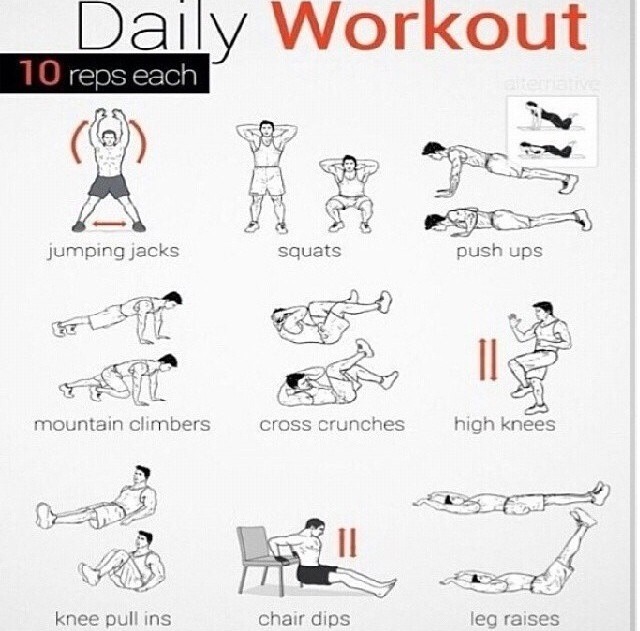

“When you reach this highly pumped state, your body uses extra oxygen to bring it back to normal, which boosts your metabolism and leads to - you guessed it - burning fat,” she says. RELATED: Study Shows How Regular Exercise Helps Thwart Genetic Risk of Obesityįinally, high-intensity interval training (HIIT) has proved to be a fat blaster, too, because it results in excess postexercise oxygen consumption (that afterburn effect), Kom says.

Another study, published in October 2015 in the International Journal of Obesity, found that a combination of resistance and aerobic training led to belly fat reductions in young people with obesity. RELATED: The Best Exercises for a Stronger CoreĪccording to a review published in Current Sports Medicine Reports, 10 weeks of resistance training increased resting metabolic rate by 7 percent and reduced fat weight by about 4 pounds. “The simple truth is this: The more muscle you have, the more fat your body is going to burn at rest,” she says. “When you get that heart pumping and keep it there, you’re going to burn more calories overall, which leads to increased fat loss,” she says.ĭon’t skimp on strength training, though. Any type of cardio that gets your heart rate up to roughly 60 to 90 percent of your max heart rate (which is approximately 220 minus your age, according to the Mayo Clinic) will do the trick, Kom says. Which one is more effective is still a matter of debate.Ī mix of cardiovascular (aerobic) exercise and strength training is ideal for burning fat, says Cat Kom, an ACE-certified personal trainer and CEO and founder of Studio Sweat in San Diego. The bottom line: Both higher-intensity and moderate-intensity workouts can be effective at burning fat. Your body’s metabolism remains spiked after a high-intensity workout and the body burns fat as a result. That’s when the afterburn effect (exercise scientists call it “excess postexercise oxygen consumption”) comes into play.
BEST EXERCISES FOR WEIGHT LOSS AT HOME HOW TO
RELATED: Everything You Need to Know About Exercise and How to Start Working Outĭon’t get too hung up on that, though, since fat burning also occurs as a result of higher-intensity workouts, primarily because of what happens when the workout ends. The long-held idea is that by exercising at a lower than maximum effort, you’ll encourage your body to burn fat calories for energy, according to the American Council on Exercise (ACE).

“Exercise at a comfortable but challenging intensity for optimal fat burning,” he says. So what’s the difference between a fat-burning exercise and other exercises? It all comes down to intensity, says Len Kravitz, PhD, coordinator of exercise science at the University of New Mexico in Albuquerque. Having a too-high percentage of body fat can lead to obesity, which comes with an increased risk of heart disease, diabetes, high blood pressure, and some types of cancer, according to the Mayo Clinic. And while there are superficial benefits to having a low body fat percentage - your jeans will fit more comfortably and muscles will appear more toned and defined - it also comes with big health perks. Simply put, burning fat leads to weight loss because you’ll have less fat stubbornly sticking to your body. If you’re looking to slim down, it’s a good idea to zero in on burning body fat.


 0 kommentar(er)
0 kommentar(er)
